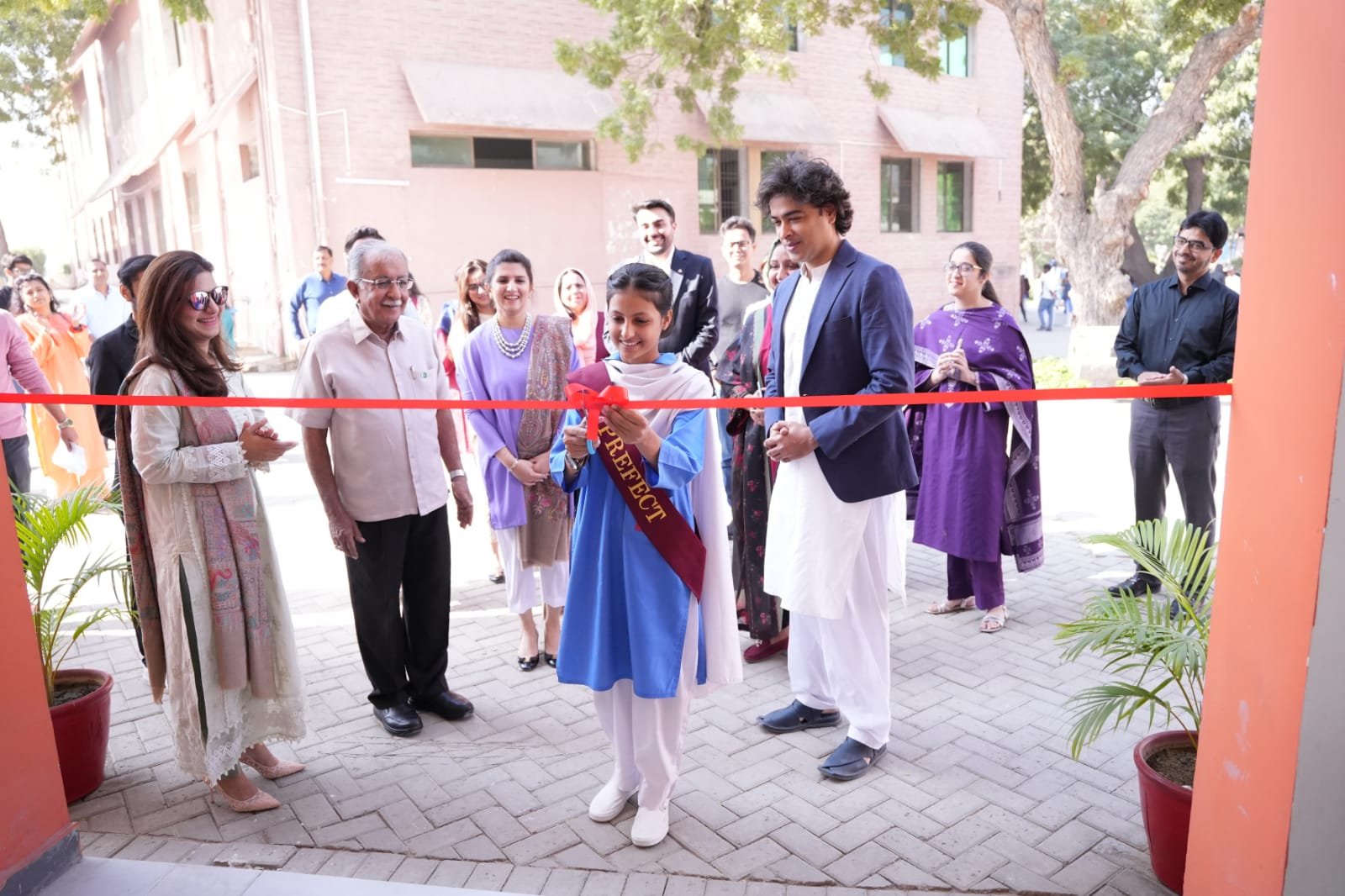Reed or Sarkanda plant is a self-growing plant that grows in deserted places, on the banks of rivers and is mostly found in rural areas.
The green branches of reed plant have shiny golden ears inside and white flowers at the top that are very beautiful at night and day. When observed from a distance, it looks like many white clothes are swaying lightly.
Reed is a 10 to 12 feet high grass-like green thin leaf, a finger thick, consisting of many ears and white fibers or fibers. It is called reed in English. This priceless plant of nature is of great use for man.
Reed is used to make many things for human use. Villagers especially banjaras use reed as a basic ingredient to make some handicraft products.
Reed ears are tied with thread to make thatch, which is used in roof of mud houses and huts. After applying the thatch, they coat it with crushed clay so that the roof does not leak. Many people apply this thatch to their huts without covering of clay and they put a plastic sheet or a thick tarpaulin-like cloth over it.
One can see such types of huts and food stalls of the Banjaras while travelling between different cities. During the rain, it is very enjoyable to sit and eat in these huts when the light rain falls on the face and body. About fifty years ago, when there was not so much progress and innovation in construction, the roofs of most houses consisted of wooden beams, straw and thin wooden beams or thatch.
Apart from making sarki, kane were also used to make chaqs placed in front of doors, which prevented the sun and heat from entering the rooms. At that time, there was a lot of trend in using chaqs in offices and rich houses. The word chaq was also used in many Punjabi songs…
Aashiqan tun sohna mukhda lakan lai
Sajnaan nein bohe age chaq tan lai
Apart from sarki and chaqs, kane were also used to make ‘morrhas’ for sitting. Even now, if you pass around Jhelum and Gujjar Khan, you can see kane ‘morrhas’ and other items for sale on the roadside.
Another use of kane was to make pens. They used to cut the kane diagonally with a sharp knife to make its nib and put a slight dent in the middle of the nib so that when a little pressure was applied to the pen while writing, the nib would expand instead of breaking. When writing with this pen on a wooden board coated with gachni, a thin sound was produced that was very pleasant to the ears. Colorful pictures and calligraphy were created by removing the gold layer from the top of the reed and sticking it on black cloth with glue. The pulp of the stripped reed was also used to satisfy the desire to smoke cigarettes by burning it on one side. The thin reeds were used for oil for kulfis. The slightly thicker and one and a half foot long reeds were also used by village women to make azhar bands and parands in their homes.
For the Banjaras, reed plants were no less than a blessing. They used long, short, thick and thin reeds to make household items and children’s toys.
These household items included chaj, baskets, plates, chaba and changgir. The chaj was used to clean wheat and rice from dirt, etc. by applying crackers, and on happy occasions, it was sprinkled with sweets and sweets and distributed in people’s homes.
The Banjaras used to make many small toys for children using reeds, which they used to put in their own baskets and while carrying them on their heads, sell them in the streets, and this was an important source of their livelihood. These toys included wind chimes, ticking rattles, a bullock cart, a snake that stretched in the air, a snake that walked on the ground, and the most fun was a rattling car, which when it moved, a thick ear would be placed on the wheel of the car, which would make a rattling sound, and all this was made of reeds, clay, and paper, which included the skill and hard work of the Banjaras.
The thin and hard green grass that grows at the roots of reed bushes, called dab, was also very useful. This grass was dried and made into rope, which was used to make beds. This dab was made into a round rope and then, by wrapping date leaves dyed in different colors, they made beautiful baskets and trays in which they kept bread. These baskets and trays are still seen in many homes, dhabas, and high-class restaurants as decoration.





